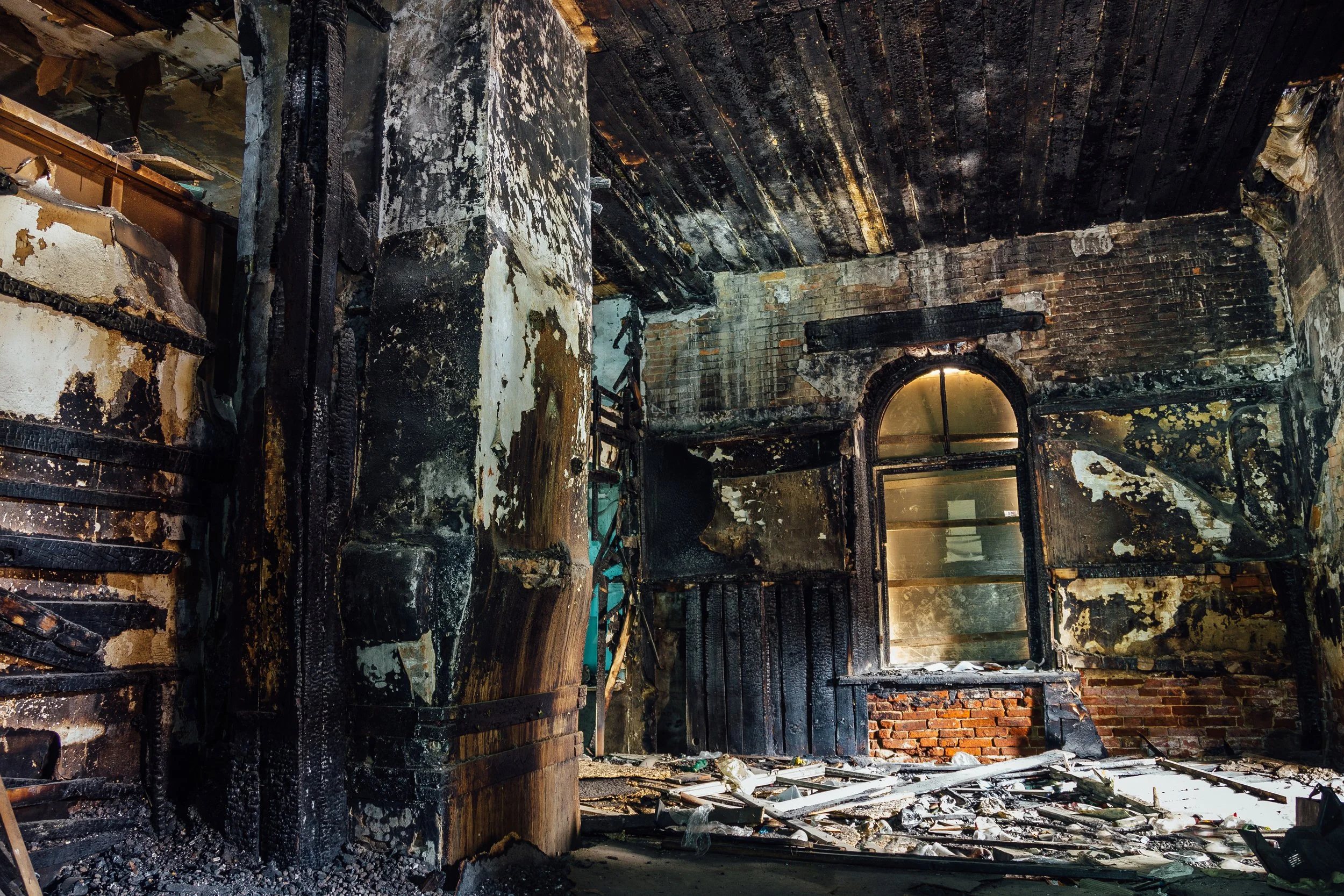Fire Damage Restoration Basics: What Homeowners Should Know
When a fire strikes your home, the aftermath can be overwhelming — smoke damage, odors, and debris can make your home feel unrecognizable. At F1 Mitigation, we’re here to guide you through every step of the fire damage restoration process. Our goal is simple: to safely restore your home and belongings to their pre-loss condition.
Below, we break down what happens during a professional inspection and the restoration process, so you know what to expect when our experts arrive.
Step 1: The Fire Damage Inspection & Assessment
Every restoration project starts with a detailed inspection, also called a Fire and Smoke Damage (FSD) Assessment. This step is vital — it helps determine the type, extent, and severity of the damage before any work begins.
What We Look For
Safety First:
We ensure the structure is safe to enter. If required, we coordinate with authorities or engineers to assess stability.Types of Damage:
Heat Damage – Scorching, charring, melting, or warping.
Smoke & Soot Residue – Fine particles that cling to surfaces and cause discoloration and odors.
Odor Contamination – Lingering smoke odor absorbed by walls, fabrics, and HVAC systems.
Water Damage – From firefighting efforts, which can lead to mold if not addressed quickly.
Inspection Tools:
Our team uses advanced tools to locate hidden damage — from surface and odor testing to infrared cameras that detect moisture and heat patterns.Documentation:
Everything is photographed and logged in a Restoration Work Plan (RWP). This plan details what needs to be cleaned, repaired, or replaced and helps coordinate with insurance companies.
Step 2: The Fire Damage Restoration Process
Once the inspection is complete, we move into the restoration phase, designed to clean, repair, and return your property to a healthy, livable state.
1. Emergency Mitigation & Stabilization
We first stabilize your property to prevent further damage:
Board up windows and doors
Tarp over damaged roofs
Remove standing water and begin structural drying
Install air filtration devices (HEPA filters) to capture airborne soot
These steps help control contaminants and odors while creating a safe environment for cleanup.
2. Residue & Soot Removal
Different types of fires leave behind different residues:
Dry Smoke (wood fires): Powdery and easier to remove with dry cleaning methods.
Wet Smoke (plastic or synthetic fires): Sticky and harder to clean; may require specialized detergents or abrasives.
Protein Residue (kitchen fires): Nearly invisible but produces strong, rancid odors.
Our technicians carefully choose the right cleaning methods — from dry sponging to HEPA vacuuming and wet washing — to remove residues without damaging your surfaces.
3. Odor Management
After residues are removed, odor control begins. Techniques may include:
Ventilation & Air Scrubbing: Filtering the air with carbon and HEPA systems.
Thermal Fogging or Ozone Treatment: Neutralizing lingering smoke molecules.
Sealing or Repainting Surfaces: For stubborn odors that have penetrated porous materials.
Odor removal can take multiple treatments — we don’t stop until your home smells fresh and clean again.
4. Contents Cleaning & Restoration
Your personal belongings — furniture, clothing, electronics, and keepsakes — are cleaned and deodorized using specialized techniques. Items that can’t be restored are documented for insurance replacement.
5. Final Restoration & Verification
We perform a final inspection with you to confirm all fire residues and odors have been eliminated. The home is now ready for reconstruction, painting, and finishing touches if needed.
Why Choose F1 Mitigation?
Fire restoration isn’t just about cleaning — it’s about rebuilding peace of mind.
Our technicians are trained under the IICRC S700 Standard, which means every project follows the industry’s best practices for safety, ethics, and quality.
When you call F1 Mitigation, you’re getting:
Certified, insured restoration experts
Detailed documentation for insurance claims
State-of-the-art equipment for cleaning and odor control
Compassionate, 24/7 emergency response
In Summary
Fire damage restoration is a multi-step process that requires expertise, precision, and care. From inspection to odor removal, F1 Mitigation ensures that every surface, system, and item is treated with professionalism and respect — restoring not just your home, but your sense of normalcy.
